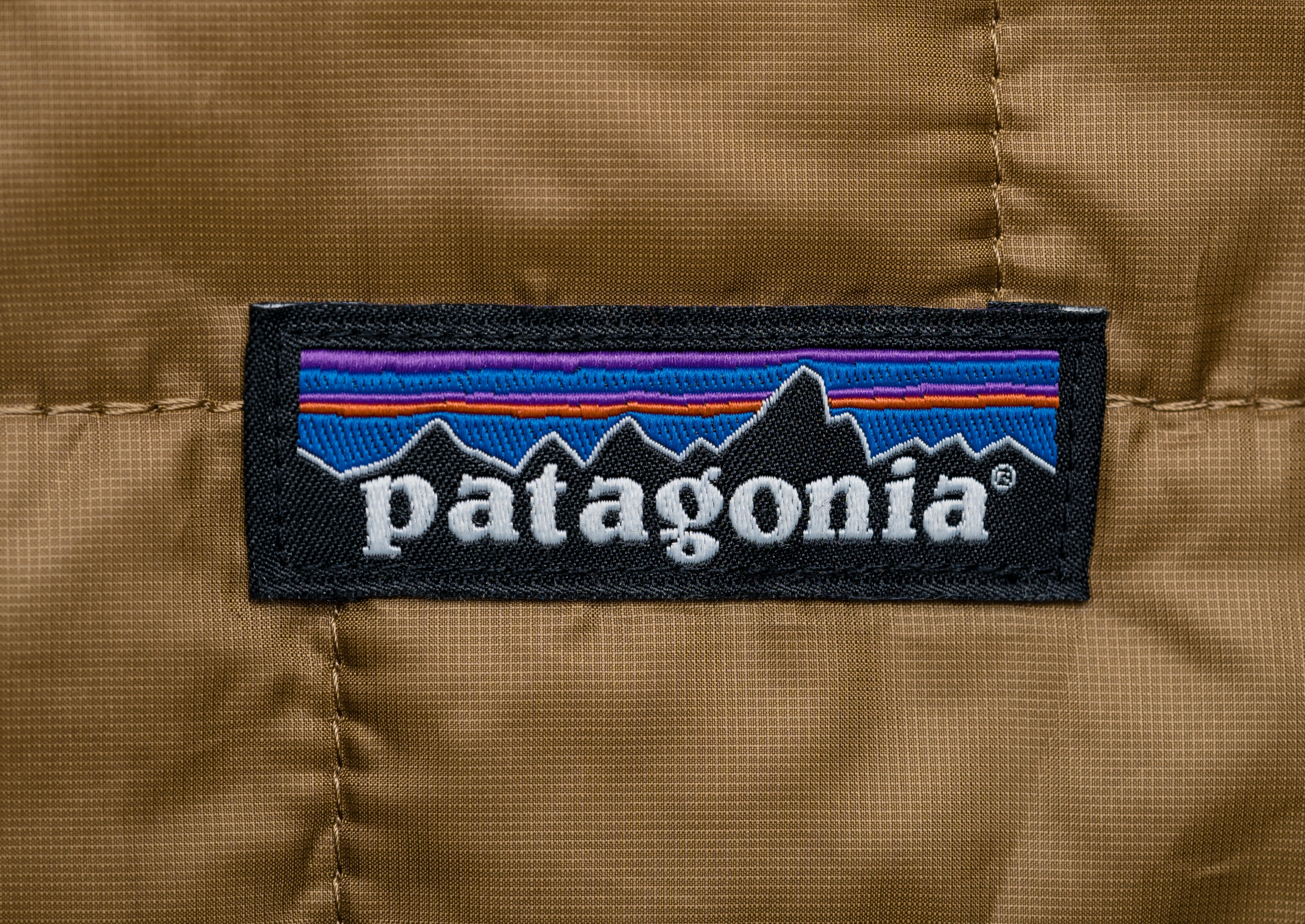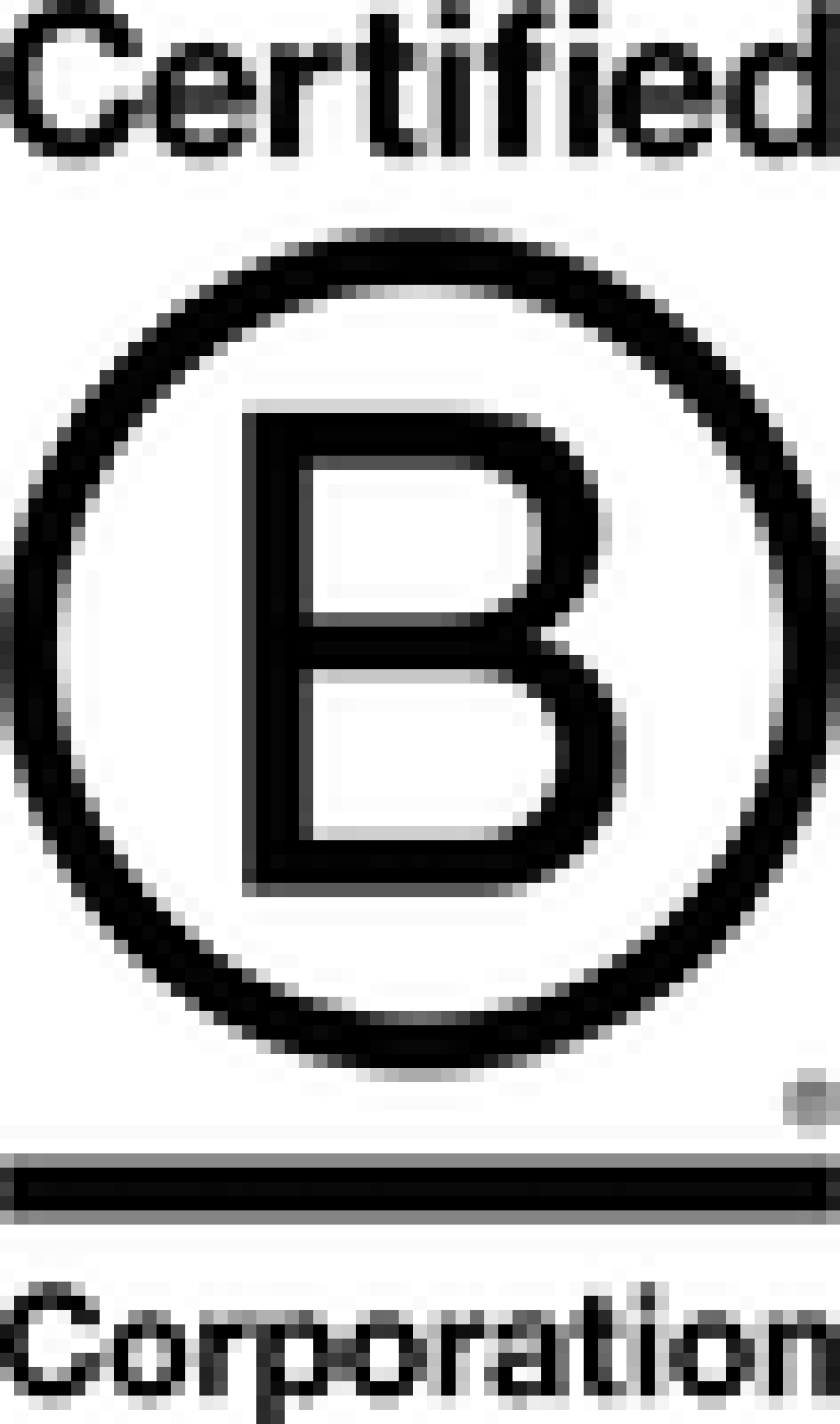Everything to know about Intellectual Property when starting a business

First, it’s worth knowing some of the lingo regarding intellectual property, otherwise referred to as ‘IP’ or ‘IPR”, which is an abbreviation of ‘intellectual property rights.’
You’ve probably heard of copyright, trademarks, patents and maybe design rights. These are all different types of ‘rights’ which protect certain types of intellectual property as IP is very wide-ranging – we’ll cover this in more detail in this article.
Intellectual property
The clue is in the name when we break it down. ‘Intellectual’ is the thinking, and ‘Property’ is something that belongs to someone. When we break it down like this, it’s easier to see intellectual property as ‘creations of the mind’.
Everything around us started from an idea by someone somewhere. From the device you’re reading this on, the chair you’re sitting in, the toothpaste you cleaned your teeth with this morning (we hope!) to the machine that made your coffee earlier.
Focusing on your business, you’ve probably come up with the following examples of what can be classed as intellectual property:
Key ‘know-how’ or intelligence that will enable you to do something just as good, if not better than what is currently on offer in the marketplace
A completely new idea for an invention that will solve a problem
A name, logo and often a slogan to differentiate your business from the rest of the market
A piece of content on your product, packaging, website or social media that you’ve created to explain and market your business
Some excellent photography to help showcase your business
The list goes on, but the above are some very common examples of intellectual property that many businesses often create without realising it.

So why should you care about protecting intellectual property?
It’s big money, first of all. And it cuts both ways.
It can be lucrative if you protect it properly. A quick example on a grand scale would be Geox which was founded by Mario Polegato and is one of my favourite stories around IP. In a nutshell, Mario had an idea for creating a rubber sole for shoes that could let air in but keep water out. He patented his invention and approached the major shoe producers at the time to see if they would buy his patent. They all declined, which spurred him on to do it himself. He recognised that keeping in control of his invention globally would help him preserve his product, deter counterfeits and copycats and grow much faster. He’s now a billionaire, and Geox is a global brand.
On the flip side, if you fail to appreciate other people’s intellectual property, it can cut the other way. Receiving a ‘cease and desist letter which claims that you have been using someone else’s intellectual property, such as a similar or identical name, slogan, logo, image etc can be very alarming, especially if it’s true!
So how can you protect your intellectual property?
This is where intellectual property ‘rights’ come in. There are four key rights which I’ve summarised very briefly below:
Trade mark rights – these rights protect names, logos, slogans, shapes and short sound clips and smells! The most popular trademarks are often the name and logo for your business. A trade mark right can be unregistered* but we always recommend registering a trade mark if you can. As long as it doesn’t describe what you do, is not a phrase that is commonly used in your industry and is not similar or identical to another trade mark, you should be fine! A registered trade mark lasts for ten years and will give you indefinite protection as long as you renew every ten years.
Copyright – protects original works of authorship, including literary, musical, artistic, and dramatic works, such as poetry, novels, films, songs, computer software and architecture. Copyright does not protect ideas, systems, facts or methods of operation, although it may protect the way you express these things. Common examples of copyright for your business would be the content on your website and literature, photographs and imagery. To qualify for copyright protection, you need to demonstrate you’re the original author and you’ve used your own labour, skill and judgment to create the work. Making sure you’re on top of your admin on this will be key when it comes to providing evidence of ownership in the event of a future copyright infringement claim! Copyright duration varies but in the case of original literary work, it’s the life of the author plus 70 years…
Patents – these protect inventions so long as you can demonstrate that the invention is novel (completely new not just locally but globally), has an inventive step (not an obvious solution to a problem) and is capable of being applied in industry. Once you’ve jumped through those hoops and your patent is granted, you have 20 years to enjoy the exclusivity before it expires. Once upon a time, Ibuprofen was patented by Boots in 1962, but you can now buy it from lots of different brands!
Design Rights – these protect the novel features which determine the appearance of a product. Unregistered design rights are similar to copyright as they arise from the act of creating a design. They protect the shape and configuration of the design of 3D objects against copying by others. Again, like copyright, the first owner of a UK unregistered design right is the creator of the design. For better protection, you can register your design. To do this, your design must be new and have “individual character”. Once registered, you have the exclusive right to use that design and prevent others from doing so. A registered design can benefit from 25 years of protection, as long as it is renewed every 5 years.
*unregistered trademarks can be enforced under the common law of ‘passing off’, providing you can demonstrate three essential requirements (goodwill, misrepresentation and damage). This can be a complex area of law and in our experience, enforcing a registered trade mark instead of an unregistered trade mark is much easier and often more cost-effective.
What about protecting ‘know-how’ and confidential information?
A non-disclosure agreement, commonly referred to as an NDA, can help here, but there’s a catch. While you can download a free NDA or a very low-priced NDA online, approach with caution as the chances are it won’t achieve what you think it will achieve.
The most common mistakes with NDA’s are usually around the way ‘confidential information is defined. A broad or vague definition will do you no favours here, as when it comes to proving that the other party has breached the agreement, you want to be able to confidently point to the definition of confidential information and the clear restrictions that apply to it. This is where professional advice can be invaluable.
There’s also the lack of admin around NDA’s where one or both parties sign off and forget about it. They don’t have a central log of all the NDA’s issued and received, the time limit and a clear briefing to all key staff members on exactly what the company is committed to legally. Loose lips sink ships, so careful communication is also essential to a good NDA.
How can you avoid using other’s intellectual property?
If you know you’re using a form of intellectual property that you haven’t created yourself or you’ve come up with something that you haven’t checked, we would recommend investing the time to do some deeper searches or, if your budget allows, invest in professional advice.
This can be a complex area of law. Still, we hope the above very quick and broad summary is enough to help you on your way to learning about intellectual property and taking it seriously for your business.
More Articles

Unexpected Entrepreneur spotlight: Howard Schultz
Have you heard about Summit, our new community for Unexpected Entrepreneurs? Summit is the new home of inspiration for Unexpected Entrepreneurs looking to refine their idea or grow their businesses to the next level.

Unexpected Entrepreneurs - Patagonia founder
Yvon Chouinard is the founder of the well-known outdoor brand Patagonia. However, being the founder of a huge business is never something he set out to do - it was an unexpected venture.

The Missing Ps of Marketing Strategy
Growth. As founders we chase it, especially in the early days. Each month and quarter is defined by financial growth. No matter your product or service, saleability and growth is crucial.

